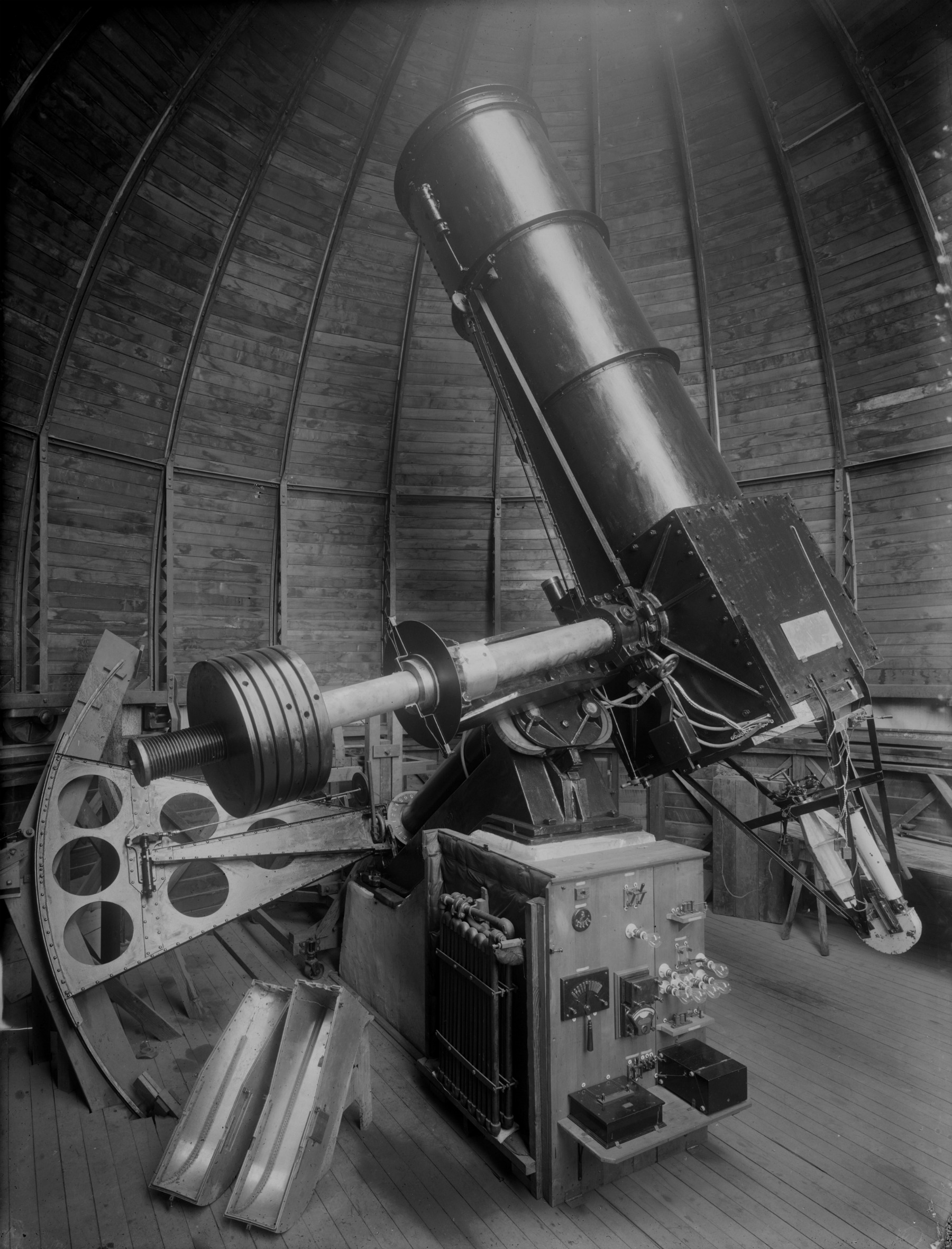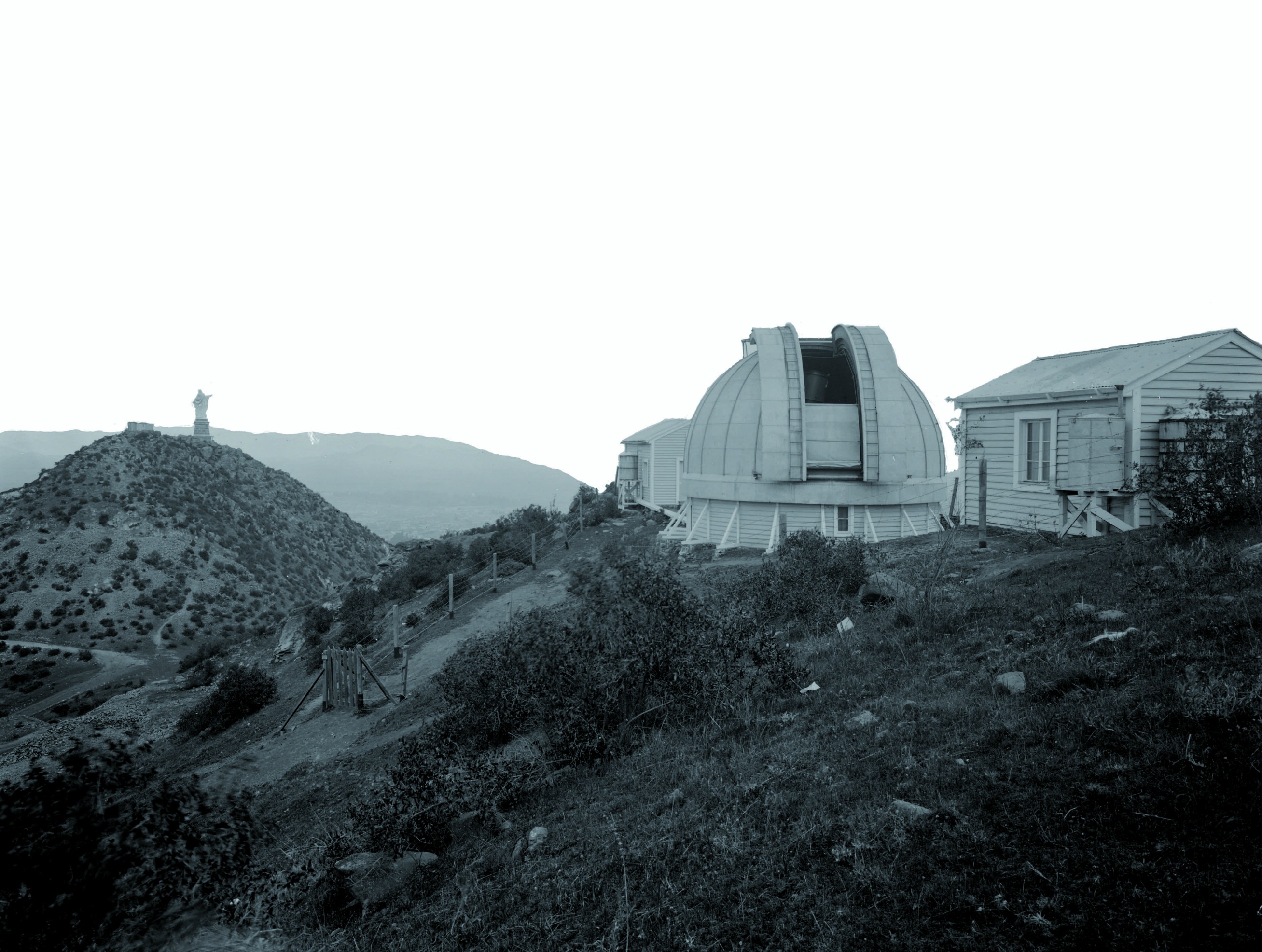Manuel Foster Observatory
 The Manuel Foster Observatory of the Universidad Católica was installed in the Cerro San Cristobal in 1903 by the Lick Observatory from the University of California, at a time when most large instruments were in the northern hemisphere.
The Manuel Foster Observatory of the Universidad Católica was installed in the Cerro San Cristobal in 1903 by the Lick Observatory from the University of California, at a time when most large instruments were in the northern hemisphere.
The instalation of the Observatory was authorized by President Germán Riesco, becoming the first building to occupy the summit of Cerro San Cristobal. Although the original idea was to install the telescope in the country only for three years, successful scientific results achieved by other observations prolong the project for 25 years. In 1928 the Universidad Católica de Chile received it as a donation from politician and professor of the same home studies: Manuel Foster Recabarren.
The main objective of the telescope was to develop a catalog of radial velocities of bright stars of the southern hemisphere. During its first year of operations, it was part of the nine largest telescopes in the world at their findings coated historical significance for the development of not only national but also global astronomy. Thus, observations from the observatory Manuel Foster marked the beginning of astrophysics in Chile.
The scientific instruments that are part of the observatory were manufactured between the late XIX and early XX centuries. Its primary mirror has a diameter of 93 cm and weighs 252 kg, while the secondary measured 24.2 cm.
In the 30s and early 40s, a small group of teachers and assistants made observations of variable stars, under the direction of Dr. Erich Heilmaier. The Observatory stopped being used for many years until in 1980 its restoration began. The technological improvements thar were made in the process did not affect its historical character. The aim of the arrangements was to increase the efficiency of the telescope and mitigate the effect of the radio and television antennas surrounding it, and the increasing brightness of the city.
Since 1982, the Manuel Foster observatory was used again for research, teaching and extension. In 1986, observations of Comet Halley for all age groups and, a year later, Supernova 1987A (closest to Earth in the last three centuries) were performed. The rapid growth of Santiago, as well as more progressive access from astronomers to bigger and modern observatories in the North reduced the frequency of observations at the Foster, which ceased operations in 1995 again.
The telescope has been minimally intervened in over the years and is in the same conditions over a century, which makes it a unique historical instrument in South America. In 2010, the Historical Observatory Manuel Foster was declared a National Monument in the category of Historical Monument.






